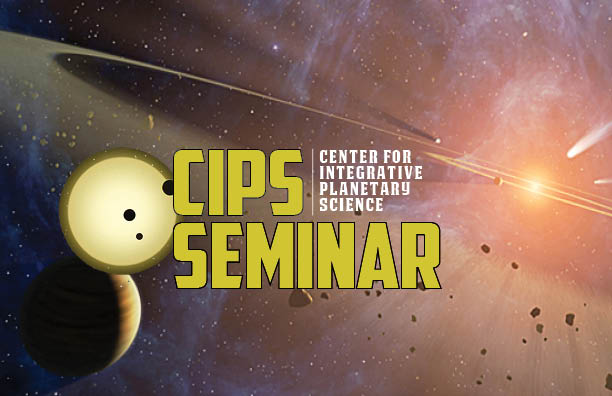CIPS Seminar: Enceladus Series – April 11
Wed, April 13, 2016

Jason Wang (UC Berkeley) – "Locating Directly Imaged Exoplanets"
Directly imaging faint exoplanets requires removing the glare of its host star. Techniques such as principal component analysis (PCA) can model and remove the scattered starlight, but also distort and attenuate the image of the planet. Using a recent technique to analytically forward model the effect of PCA on the planet's signal, we can better detect, locate, and characterize directly imaged exoplanets. I will present a few applications of this technique, including using the forward model to significantly improve the astrometry of β Pictoris b and constrain its orbit. We are able to place the tightest constraints yet on the possibility for β Pictoris b to transit its host star.
Lea Hirsch (UC Berkeley) – "Close Companions to Kepler Objects of Interest"
Stellar multiplicity is high in the solar neighborhood, and we have every reason to think that the Kepler field should be no different. However, most exoplanet occurrence studies performed with Kepler data fail to account for the prospect of a stellar companion within the Kepler pixel. I will discuss the effects of stellar multiplicity on planet occurrence studies, and describe the results of several high-resolution imaging follow-up campaigns to better understand the Kepler planet population. I will detail our efforts to characterize bound Kepler binary systems and update planet radii in these systems.
